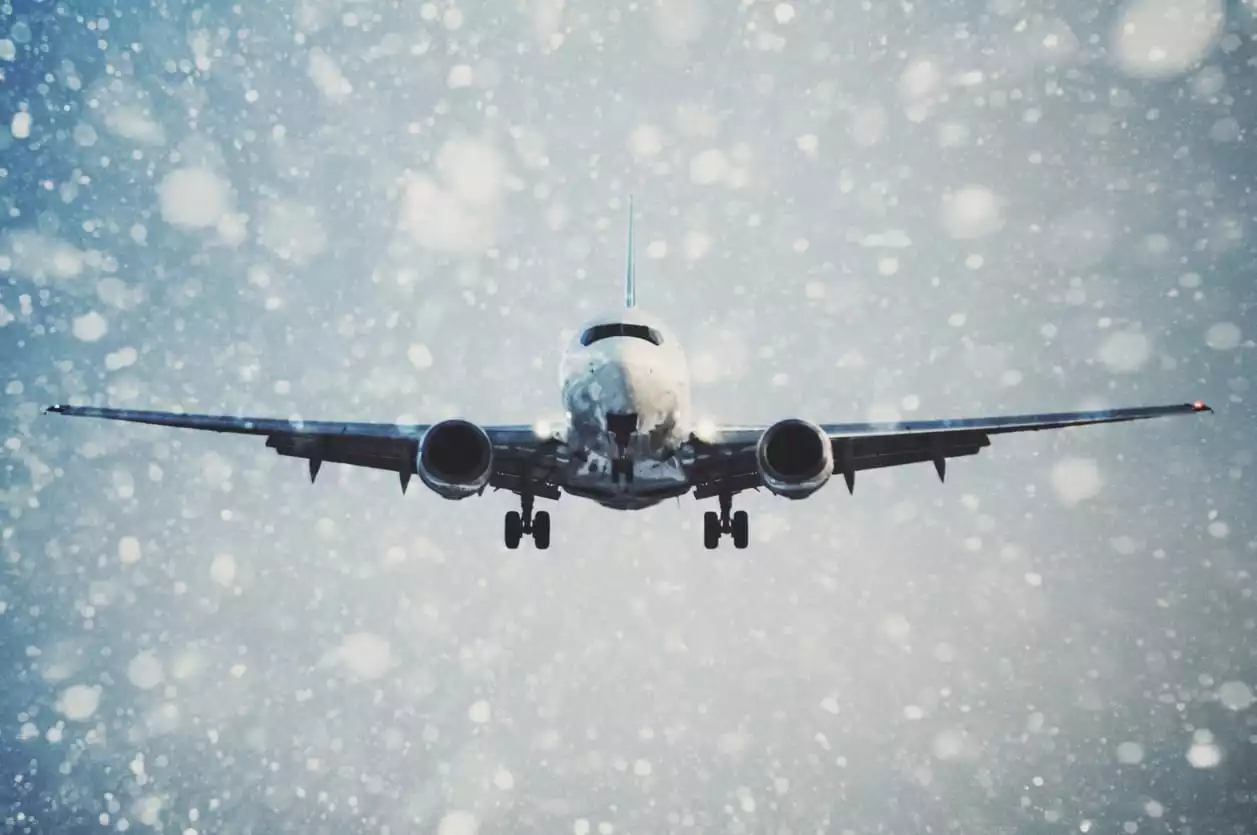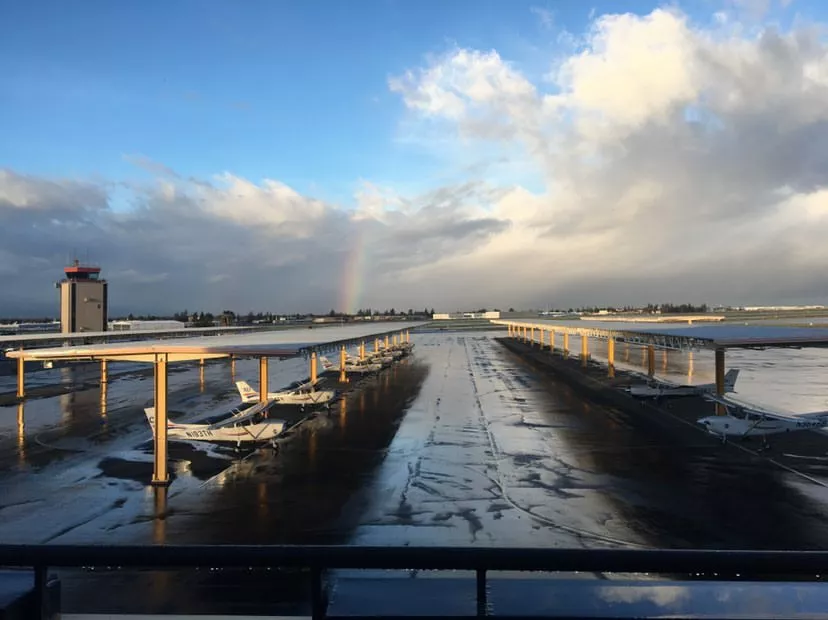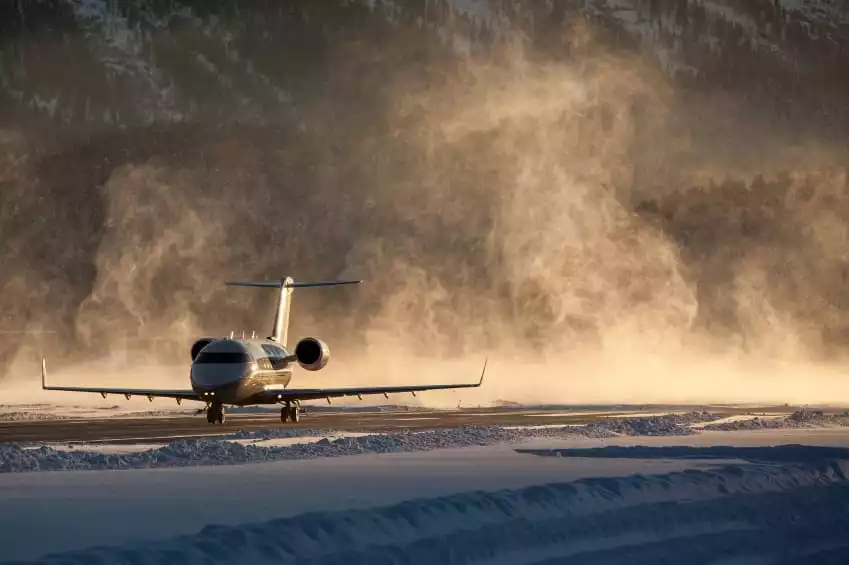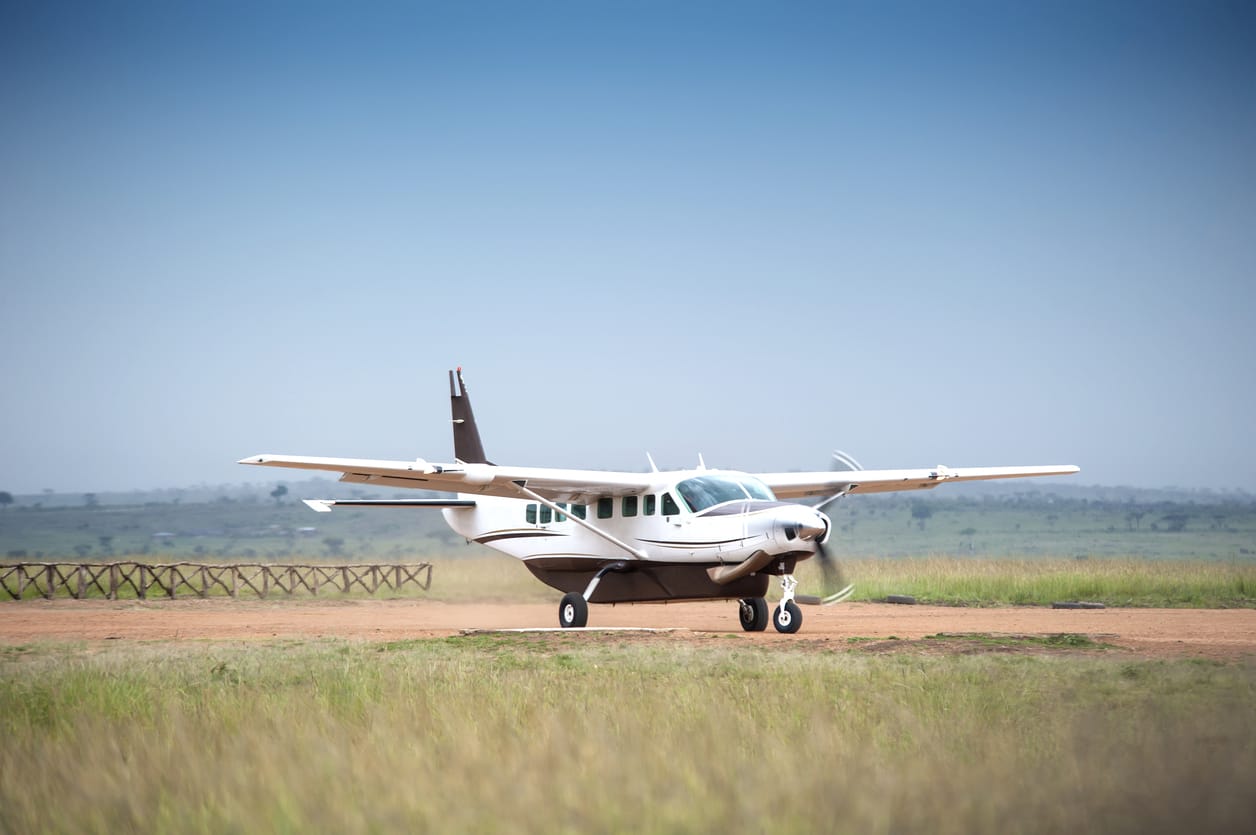Flight weather planning is an essential aspect of flight that all aviators must understand thoroughly. Here’s what to know.
[lwptoc numeration=”decimalnested” numerationSuffix=”dot” skipHeadingLevel=”h3″ skipHeadingText=”Share This:”]
As a professional aviator, you will find that the weather is nearly always at the forefront of your mind. If it is not, perhaps it should be.
The importance of aviation and flight weather planning can not be understated. Understanding flight weather planning is incredibly important; but there are ways that you can optimize your flight training so that the weather is not a barrier to progression.
Why is Weather Important in Aviation?
Even the most skilled pilots in the world cannot compete with nature. Get it right, and you will have a safe (and enjoyable) experience. Get it wrong, and you will quickly find that the weather could exceed your skills as a pilot. What could the weather affect?
- Your ability to reach a given point with fuel remaining
- Your forward visibility, necessary to keep clear of obstacles
- The ability to maintain a safe altitude
- A means to be able to fix your position accurately
- The structural integrity of the aircraft
The Effects of Weather on Aviation Training
The timely progression of your flight training is also determined by weather. Most pilots will tell you of evenings spent preparing for the next day’s training flight, only to wake up and discover they are ‘grounded’ due to bad weather. Every day not flying is a day where your flight training stands still.
Several basic things need to be taken into account with regards to the weather and your flight planning. We are now going to take a look at a few.
Flight Weather Planning: What you Must Consider
1. Wind
The wind can make a huge difference to several aspects of your flight. If you find yourself in a strong headwind, you will find you fly more slowly across the ground.
Wind can also cause problems in mountainous areas, creating severe turbulence.
Also, on landing, ideally, the wind should be aligned with the runway. If you arrive at your destination, and the crosswind exceeds the design limitations of your aircraft, it can cause extreme difficulties when landing.
2. Precipitation
Heavy rain or other precipitation can affect your flight. Stopping distances can be severely affected, meaning an otherwise serviceable runway length is too short to stop safely.
Rain showers and the clouds that produce them can often obscure visibility, forcing you to descend to unsafe altitudes.
3. Turbulence
The meteorological forecast may indicate areas of turbulence. Aside from being uncomfortable, it can also be dangerous. Recovery from unusual attitudes will form part of your flight training, but this is something you want to learn from a well-qualified instructor, not from bad planning.
4. Temperature
Cold weather presents many hazards to aviation. But it is not just cold weather that is problematic. Very hot weather also severely degrades aircraft performance.
5. Visibility
This is something that most new pilots become acquainted with very quickly. Poor forward visibility is an area of huge concern.
During the initial stages of your flight training, you will rely on one primary instrument almost exclusively to navigate and complete a safe flight – your vision.
A private pilot certificate, is the foundation of your future endeavors, allows pilots to fly under VFR, or “Visual Flight Rules,” to use the full term. While the FAA mandates what weather is suitable for VFR, the general principle is ‘see and avoid’. With poor forward visibility, your ability to do this is severely degraded.
Sources of Flight Weather Information
As with any information, the more resources you use, the clearer your picture. Here are some means of checking the weather, both before and during your flight:
– On the Ground
A standard briefing, including:
- Adverse conditions
- An outlook and synopsis
- Current conditions
- Enroute conditions
- Destination forecasts
- Winds aloft
- Notice to airmen (NOTAM)
- Forecasts
– In-Flight Weather
During the flight, there are plenty of ways to get a good overview of the weather:
- Automatic terminal information service (ATIS)
- Enroute flight advisory service
- Air traffic control
- Look out of the window!
Solutions to ‘Bad’ Weather in Flying
There are a few possible solutions to avoid bad weather flying:
– Fly in Warmer Climates
By choosing a good quality flight school located in a favorable climate, bad weather days are fewer. As a result, your flight training can proceed according to a set schedule instead of according to the weather forecast.
California Aeronautical University has campuses in both California and Arizona, which have a higher percentage of good weather days.
– Train at a School that Will Equip You to Handle Bad Weather
Remember how we talked about the weather potentially exceeding your flying skills? With good quality training, this is less likely to happen. You will know how to avoid bad weather and what to do if you encounter it. CAU has a team of well-qualified instructors, offering safe and effective techniques for dealing with bad weather.
– Every Day is a School Day
If the weather does close in, your flying training stops, right? Not always.
Ground-based flight Approved Flight Training Devices live the Redbird MCX or Frasca will allow you to continue practicing your skills and progressing in safety, even when the ‘real world’ weather has other ideas. CAU integrates synthetic training with real hands-on experience to allow your training to stay on track.
Final Thought
California Aeronautical University offers students the opportunity to gain a commercial pilot’s license and a degree while doing so. With strong links to airline partners and a team of dedicated instructors, you’ll be in the best possible place to fly in all weathers, regardless of whether you are just starting out or in the future as a qualified airline pilot. Why not make an inquiry and see our enrollment requirements?
Ready to soar in your aviation career?
Mr. Matthew A. Johnston has over 23 years of experience serving various roles in education and is currently serving as the President of California Aeronautical University. He maintains memberships and is a supporting participant with several aviation promoting and advocacy associations including University Aviation Association (UAA), Regional Airline Association (RAA), AOPA, NBAA, and EAA with the Young Eagles program. He is proud of his collaboration with airlines, aviation businesses and individual aviation professionals who are working with him to develop California Aeronautical University as a leader in educating aviation professionals.






